
Morar Andrei
-
Posts
264 -
Joined
-
Last visited
Content Type
Profiles
Forums
Blogs
Gallery
Events
Store
Posts posted by Morar Andrei
-
-
Do you have any other old coins in your personal collection?
0 -
If anyone has other coins/banknotes in their collection, leave a reply together with some images. Happy New Year!
0 -
I think in 1979 the museum was placed in another building; after the 1980s it was moved to the location it is today, close to North Train Station, on Făgăraș Stres.
0 -
-
-
-
Another tech tree realised, this time for Romania:
Romania Tech Tree
a) Infantry
- 1914 rifle infantry (old style)
- 1914 vânători/chasseurs
- 1916 rifle infantry
- 1917 assault infantry
- 1918 SMG infantry
- machinegun: Maximb) Artillery
- 1880-1890 field artillery: 75mm Krupp M1880
- 1914 field artillery: 155mm De Bange
- 1914 siege howitzer: 210mm M1888/1891 Krupp
- 1915 howitzer: 150mm M1912 Schneider
- 1916 field artillery: 75mm Krupp M1904
- 1916 rail artillery: none
- 1917 heavy howitzer: 155mm M1917 Schneider
- 1917 siege howitzer: 120mm M.1888/1891 Krupp
- 1918 field artillery: 75mm Puteax (upgraded)
- 1918 rail artillery: none
- anti-aircraft artillery: 76,2mm Putilov autocanon
*If you conquer an enemy town with the facility to produce rail artillery, you can recruit (as Romania) French or Austro-Hungarian one (not decided yet)c)Armoured vehicles
- 1914 armoured car: Renault Auto-Mitrallieuse
- 1916 armoured car: Austin Mark III
- 1916 early tank: none
- 1917 tank: none
- 1918 advanced tank: Renault Ft.17 (Romanian marks)
*In case of conquering a tiwn with acces to tank industry, Romania can also recruit the French 1916 tank Schneider CAI1d) Cavalry
- 1914 hussars
- 1914 lacers (Roșiori)
- 1914 dragoons (guard cavalry)
- 1916 mounted infantry (same look as the 1916 "dismounted" version")e) Aviation:
- 1914 scout plane: Bleriot
- 1915 fighter: Aviatik C.I
- 1916 bomber: Farman 40
- triplane: none
- 1916 fighter: Nieuport 11
- 1918 fighter: Sopwith 1 1/2 Strutter
*Romanua doesn't have acces to zeppelins (they didn't use any during the war, just scout baloons)0 -
Initially, my idea was to use, such as in other strategy games, historical events based on what happened (certain battles), but might also be some where the history may be changed. The idea is that the outcome of a level to be based in the skill of the player, not on a certain nation bias. In Conquest mode, there can be a mix between reality and alternate history, because not all of the European nations were yet part of a certain faction. If there any advice or anything I can change, I'm opened to any new ideas.
Here is also an idea for the German tech tree, as an example. Hope to be good!
Germany Tech Tree
a) Infantry
- 1914 rifle infantry uniform (the one with the spike-helmet)
- 1914 jägers (they remain same for all years, but in 1916, may get the stallhelm)
- 1916 rifle infantry (stallhelm and grey uniforms)
- 1917 assault infantry (storm troopers)
- 1918 SMG infantry
- machinegun: MG08 Spandaub) Artillery
- 1880-1890 field artillery: 77mm M.1896
- 1914 field artillery: 75mm Krupp M.1903 (it may also be used by Romania), or I can replace it with the
- 1914 siege howitzer: 420mm "Big Bertha"
- 1915 howitzer: 150mm M.1913
- 1916 field artillery: 105mm Leichte Feldhaubitze 16
- 1916 rail artillery: 380mm Langer Max
- 1917 heavy howitzer: 210mm Morser 10
- 1917 siege howitzer: 280mm Haubitze L/12
- 1918 field artillery: 150mm Kanone 16
- 1918 rail artillery: the "Paris Gun"c) Armoured vehicles
- 1914 armoured car: Ehrhard E-V/4
- 1916 armoured car: Bussing
- 1916 tank: the germans didn't produce any of their own until 1918, but the can have the "Beutepanzers" (captured British tanks - Mark I or Mark IV)
- 1917 light tanks: none
- 1918 advanced tanks: A7V
* I haven't decided yet if there will be both "male" and "female" tanks, but if I'll do so, the "male" will have a larger firing range, and the "female" will have an anti-infantry bonusd) Cavalry
- 1914 hussars
- 1914 lancers
- 1914 dragoons
- 1916 mounted infantry (same look as the "dismounted" 1916 version)e) Aviation
- 1914 scout plane (with little attack capability and low HP and damage): Aviatik B.1
- 1915 fighter: Fokker Eindecker
- 1916 bomber: Zeppelin (universal looking fir most of the factions) and Gotha G. IV
- triplane: Fokker Dr.1
- 1916 fighter: Albatros D. III
- 1918 fighter: Fokker D.VII
*There will also be anti-aircraft artillery, represented for Germany by the 88mm Flak 16I'm still on the ideas developing stage, so any opinion may count. But where can I find someone that actually can help me turn this game into reality? Merry Christmas to you all!
0 -
I have an idea for a new Turn Based Strategy game for mobioe platforms, different to the ones already existent. Here's the basic idea: on the one hand, it's the campaign mode. Here I have the following ideas:
- Western Front (1914-1918), with playable countries Germany, Belgium, France, England
-The East Front (1914-1923) with playable countries Germany, Austria-Hungary, Serbia, Romania, the Tsarist Russian Empire and the Bolshevik Revolution
-the Italian front (1915-1918), Italy, Austria-Hungary and Germany
- Balkan Front (1914-1918), with Serbia, Greece, Bulgaria, Otoman Impact, England, France
None of the levels will have a limited number of turns for realism, or maybe 40-50, but if you get over that number, the enemy may have a little advantage.
There is also a "Headquarters" section, where you can upgrade units (I'm not sure if I want to add generals to buy them with ingame currency, considering them a bit OP in the EasyTech games, but I can change my mind). Upgrades work as follows: instead of upgrading a single unit by improving its stats, you can unlock new units (new types of infantry, more advanced, modern combat equipment, new planes, etc.). You start with 1914 level technology and get to the 1918 type (I'll explain later how the tech tree will work).
There will also be a Conquest mode in several ways. There will be: the western front 1914, 1915, 1916, 1917, 1918 and 1923, same years for the eastern front (or perhaps a huge map of Europe, very accurate with many towns, correct borders between countries and natural enviorenents that can give a buff or nerf to certain unuts, for these years). All countries in Europe are playable. The prize will be medals or research points. No number of turns decided yet, but it could be somewhere between 300-400 (the purpose would be, as it was in the real war, to win as fast as possible, but not having the pressure of doing that on a certain number of turns). The two major factions would be the Central Powers (Germany, Austria-Hungary) and Antanta (England, France and England), but the neutral countries can also create their own factions. The rest of the countries can choose which one they join or they can stay neutral.
Follows the tech tree:
- From infantry you can search: infantry 1914 / basic (old-style), infantry 1916 (new model), assault infantry (1917), SMG infantry (1918)
- armored vehicles: armored cars (basic), tanks (1916), light tanks (1917), advanced tanks (1918)
- aviation: early planes (base), fighters (1915), bombers and triplanes (1916), fighters 1918
- artillery: (1880-1890) field artillery, (1914) field artillery, (1914) siege howitzer, howitzer (1915), field artillery (1916), rail artillery (1916), heavy howitzer (1917), siege howitzer (1917), field artillery (1918), rail artillery (1918)
Back to the Conquest Mode:
In Conquest 1914, you can recruit infantry 1914 (old), armored cars (1914), early planes (1914), machineguns, cavalry (dragoons and lancets), infantry (1914 including chaseurs / jägers), field artillery (old model), siege howitzer (old model), and a few other things I'll decide to add
In Conquest 1915, you can recruit same as previous, but there are added fighters (1915), howitzer (1915)
Conquest 1916 brings more same as before, but a bit more stuff: field artillery (1916), rail artillery (1916), infantry 1916 (new models, represented by a different unit skin), tanks (1916), bombers, triplanes (1916)
New elements for Conquest 1917: heavy howitzer (1917), siege howitzer (1917), light tanks (1917), assault infantry (1917)
In Conquest 1918 and 1923 you have same things fromm previous years, but with new elements: rail and field artillery (1918), SMG infantry (1918), advanced tanks (1918), fighters 1918
*Note: countries that never used tanks in WW1 will not be able to produce them, unless the conquer a factory where they can be built. In that case, the will can produce tanks similar to thei allieds'.
*Note: infantry category is classified in 5 kinds you can create: rifle/line infantry, chasseurs, assault infantry, SMG infantry and machineguns
* Note: cavalry avaible is by 4 kinds: lancers, dragoons, hussars and mounted infantry (avaible by 1916 tech)
*Note: artillery classification: field artillery, siege howitzer, (field) howitzer, heavy howitzer, rail artillery
*Note: armoured units avaible: armoured cars, armoured trains (looking the same for all years), early tanks, light tanks and advanced tanks
*Note: planes avaible: reconaissance planes, fighters (biplanes), triplanes, bombers
All countries will have different unit skins, for a larger diversity, not all will look the same.
I'm waiting for different suggestions, what can I add, what can I change or improve. If there is anyone who can help me with this idea or is intetsted in creating/modding games, he can use this idea. I just want to see this thing coming alive. Thank you very much and happy holidays!0 -
Thank you sir!
0 -
Are these images useful?
0 -
Indeed, these were wartime banknotes, most probably there was a huge inflation. Also, after the war, Romania had to pay huge repairments to the Soviets Union by any means: military occupation (until 1956), a large ammount of grains, oil, minerals, locomotives and many others. Combined with the harsh weather of 1946, this caused a huge famine in the country, and mist probably another hyper inflation. But most interesting thing is that until 2005-2006, the banknote which now has the value of 1 "leu" was the value of 10000 "lei", the 10 lei was 100000 and the 100 lei was 1000000. That's why in the common language there are still used the names of "one milion lei" instead of one hundred and so on for the other banknotes.
0 -
Very interesting indeed. But what happened to the members of the regiment after that? Since many of its members (aproximatly 60% were romanians), and the russians eliberated some Autro-Hungarian POWs to the Romanian Army, is that possible that thei have returned to their country after 1916 or 1917? Thank you again!
0 -
-
-
-
My personal collection of banknotes from the Kindgom of Romania. Initially, this collection was not realised in purpose, but it was something like a gift left from my grandparents. They are dated between 1941 and 1947, representing the Second World War era and the first years after, before the rise of the communism. Hope to enjoy! Every banknote is on both sides.
Five thousant lei from 1945
500 lei from 1941:
0 -
23.Honvéd-Infanterie-Division (Division captured at Przemyśl)
Arpád Tamásy von Fogaras
- Aug 14 - Sept 14 Heinrich Daempf
- Sept 14 - Mar 15 Arpád Tamásy von Fogaras
Order of battle of the 3rd Army August 1914:
- Army: 3rd Army
- XI Corps: 30th Infantry Division
- XIV Corps: 3rd Infantry Division, 8th Infantry Division, 44th Landwehr Infantry Division
- (Subordonated to HQ): 41st Honved Infantry Division, 23rd Honved Infantry Division, 4th Cavalry Division, 2nd Cavalry Division, 11th Honoved Cavalry DivisionDid the 23rd Honved really fall prisoner at Przemyśl?
0 -
I got it. Thank yiu again and sorry for any misunderstanding from my side...
0 -
Someone else suggested that this might be a wartime uniform, due to the simplicity (the dark blue one). The guy wearing it was a Transylvanian who fought during the Great War, from the modern Brasov County. Anything that might help about the material of the uniform or any colour to use fir recreating this one? Thank you anyway!
0 -
-
-
I found out more exactly which battle was this. It was the battle of Robănești, also known as "the charge of Robănești". This is what happened:
On 23 November 1916 at 6 a.m. under dense fog, captain Alexandru Filitti, commander of the 3rd cavalry squadron is called from Lăcrița Mare where his squadron was stationed to Popânzălești to join the main forces of the Brigade. At 7 a.m. the entire Brigade starts advancing towards Bojoiu, Robănești and Pielești.
At 8 a.m. the Romanian vanguard, including part of the 9th Roșiori regiment and a squadron of machine guns encounters the German lines east of Bojoiu and its advance is stopped. Receiving reinforcements, the Romanian troops attack and after a strong exchange of fire the Germans retreat and the Romanians occupy the village.
In the meantime, two battalions of the 11th Bavarian Division, reinforced by machine-gun units and artillery occupied a front line form Pârșani to Robăneștii de Sus. At 8.15 a.m. the 9th Roșiori regiment is ordered to attack the German left wing located in the village Pârșani behind the Pârșani forest. The regiment advances west of the village of Bojoiu, towards Lăcrița Mare along the valley of the Vlașca River being kept out of sight by the Robănești hills. Shortly afterwards, at 8:30 a.m. the rest of the vanguard of the brigade continues to advance, crossing Robăneștii de Jos, advancing despite some German attacks till about 8.45 a,m. where it encounters strong enemy fire. The Romanians decide to attack the German positions. The 4th Roșiori Regiment is ordered to carry out the frontal attack and consequently dismounts. The fourth squadron takes position preparing for the attack along the Robăneștii de Jos - Pârșani road. On the right flank, three platoons of the third squadron take position covering the terrain to the Teslui River. To the left another platoon of the same squadron takes position, reinforced by the machine-gun unit. The first squadron of the regiment is kept as reserve. A unit of the horse-drawn artillery, under the command of captain Vasilescu, is also positioned on the left side.
In the mean time, the 9th Roșiori regiment had stopped near some straw stacks, at about 800 meters south-west of the Pârșani forest. Lieutenant Emil Mora, who had scouted the area, reported to Colonel Călinescu that he had identified the position of the German artillery and could indicate the line along which the Romanian cavalry could charge that position. However the Romanians had no information about the position of the other German troops. Colonel Călinescu accepted the advice and ordered his second in command to select the squadron for the charge. At this moment, captain Alexandru Filitti volunteered to lead his squadron to charge the German positions.
Having lost some of its men in previous combats, the squadron was only 110 swords strong, and all other officers besides its commander had been sent on various missions. Captain Filitti decided to have two platoons, under the command of sergeant Ion Bălașa, advance northwards, under cover of a small hill and then to attack the flank of the artillery position. Captain Filitti decides to lead himself the main charge. Lieutenant Emil Mora, who was in charge of the supplied of the regiment and lieutenant Iuliu Roșca aide-de-camp of the regiment commander volunteer to take command of one of two platoons. Another volunteer is 67-year-old sergeant Gheorghe Donici who had participated in the Romanian War of Independence. When the charge approached the German positions, the Germans hastily pulled back their cannons. The entire 3rd squadron continued its charge to pursue the retreating artillery. In doing this they came under the fire of the German machine-guns which had been hidden behind the haystacks and the fire of the German infantry which had been hidden in trenches along the Craiova-Balș road. Captain Filitti was wounded by fire but continued his charge until his horse was killed by a hand-grenade and he himself was heavily wounded and taken prisoner. The result of the charge was the total annihilation of the 3rd squadron. Only two officers and 16 soldiers survived and were taken prisoners. The losses amounted to one officer and 94 soldiers.
0 -


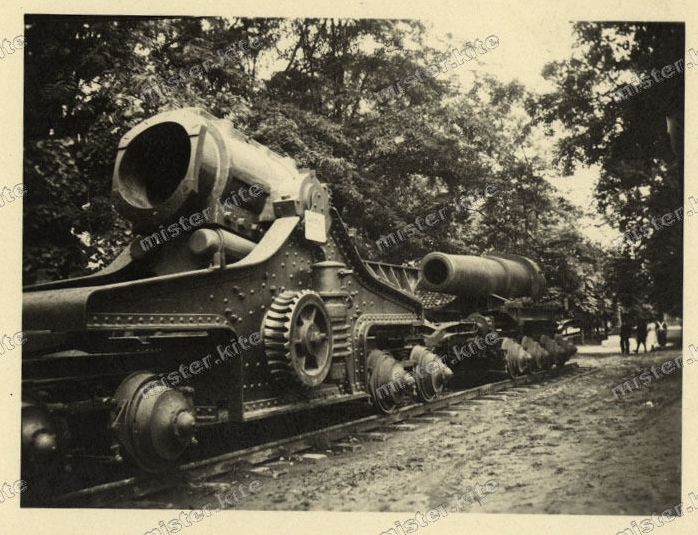
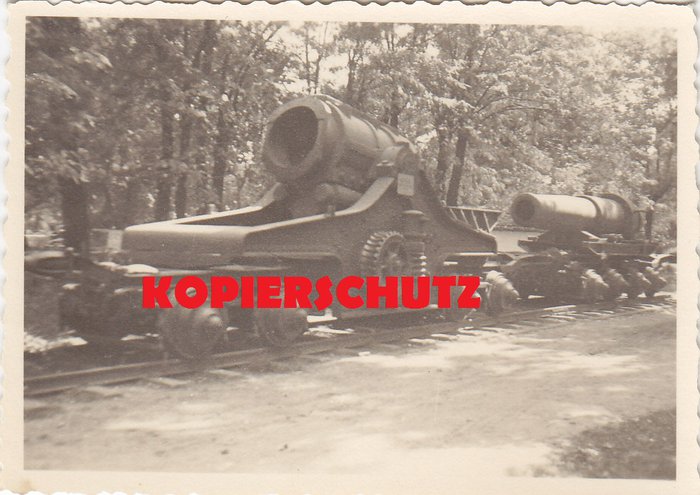

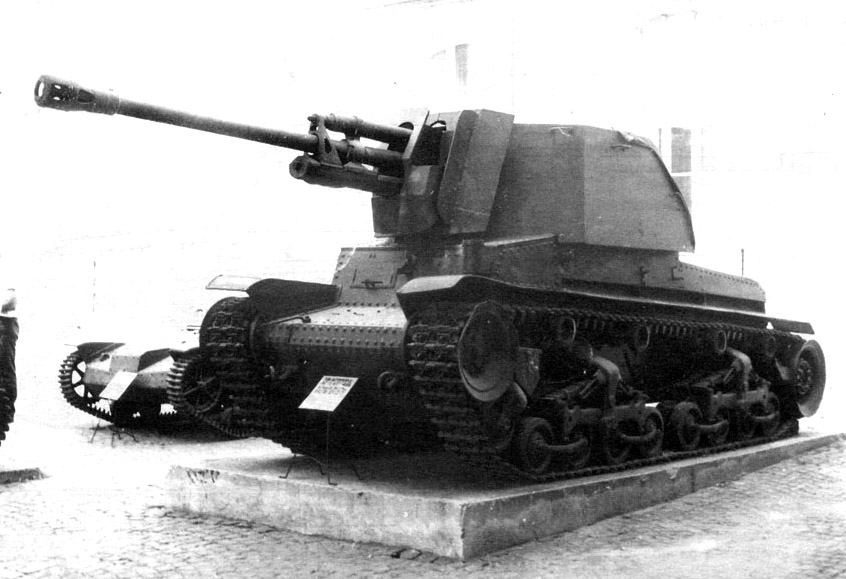


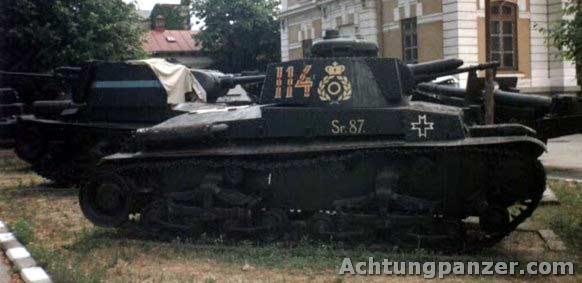

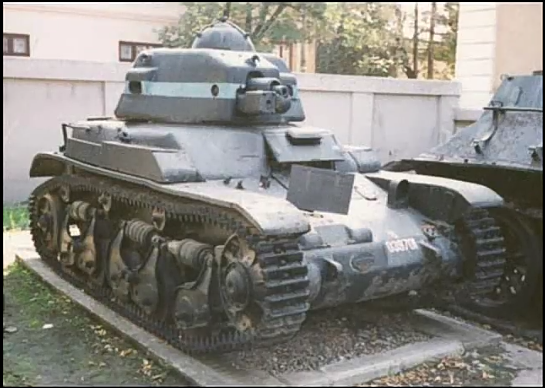


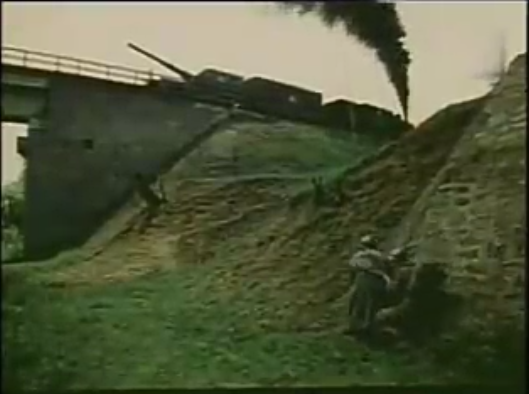

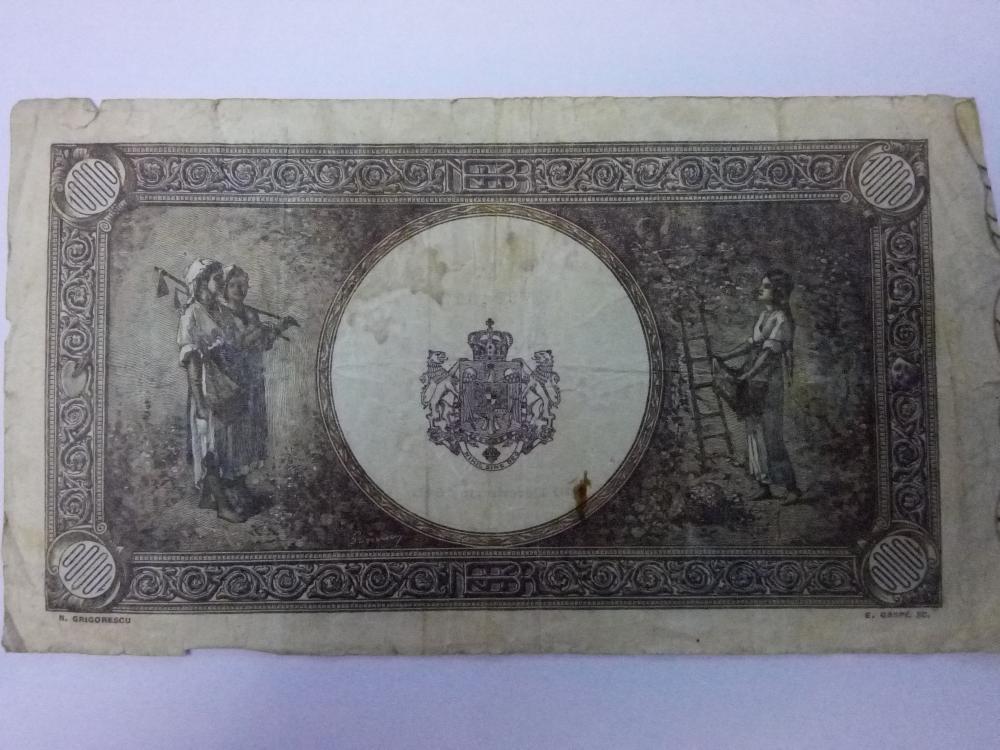
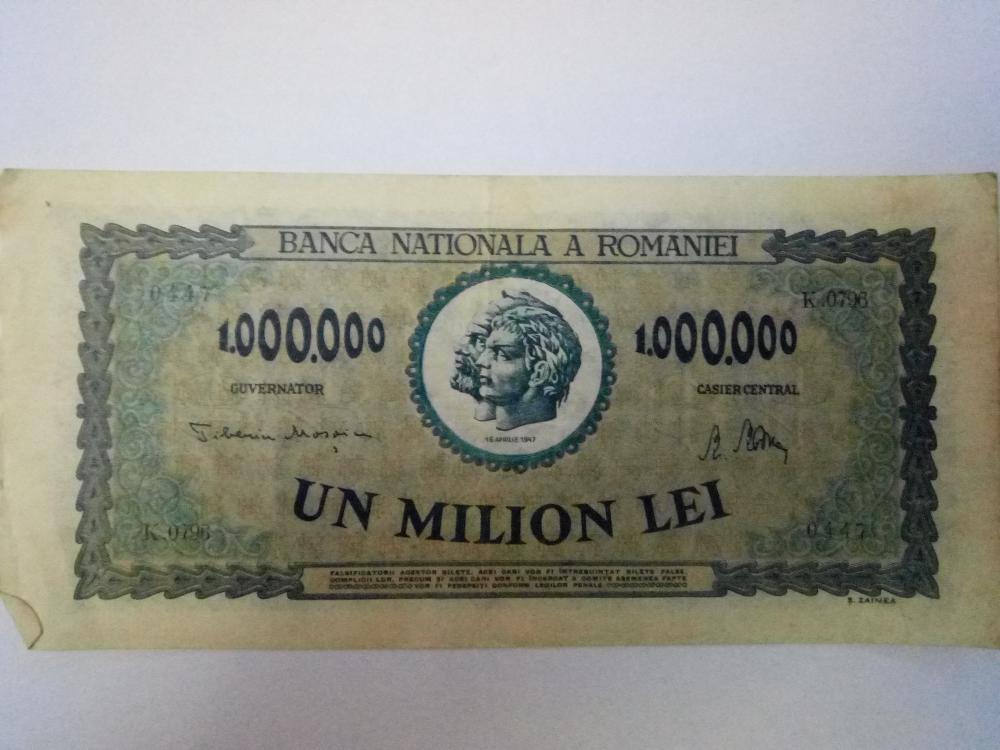
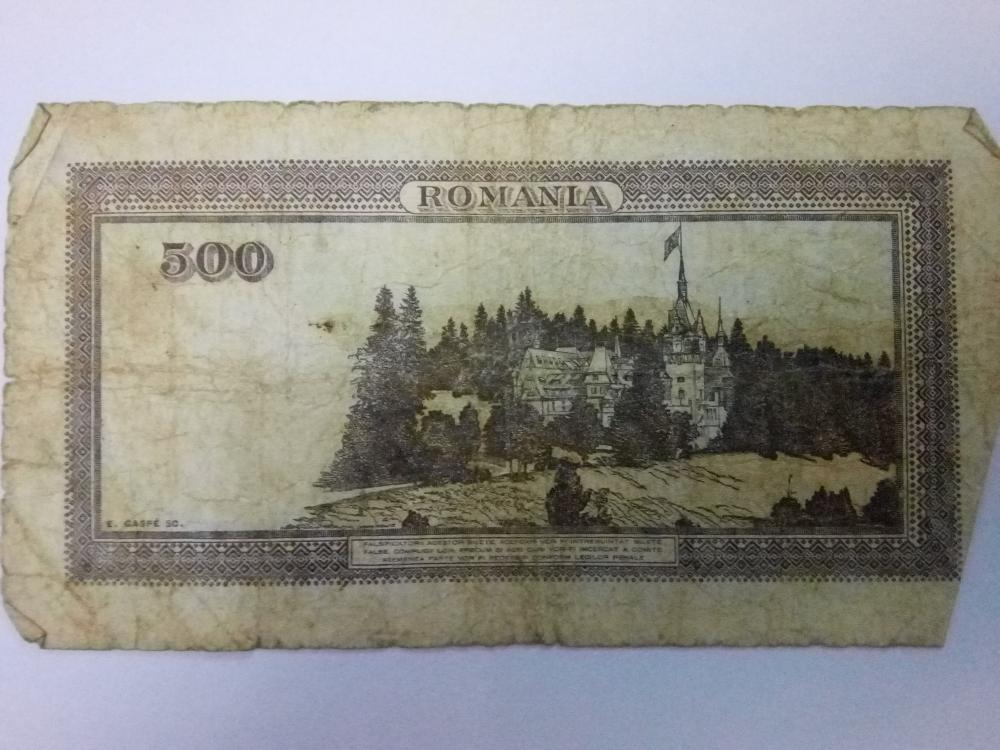
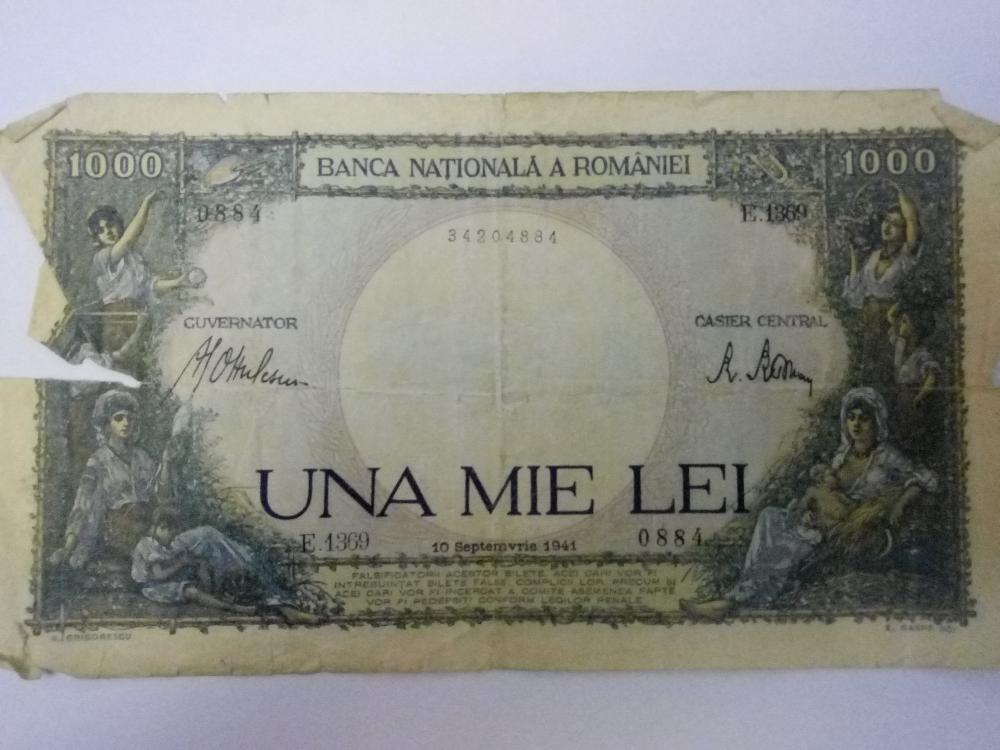
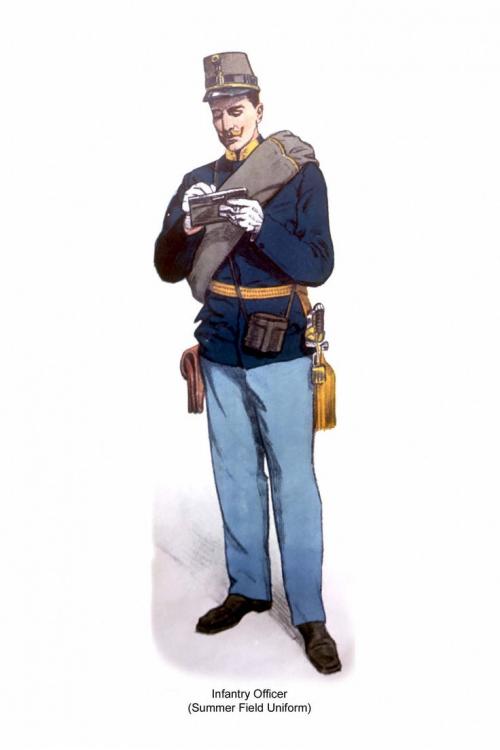
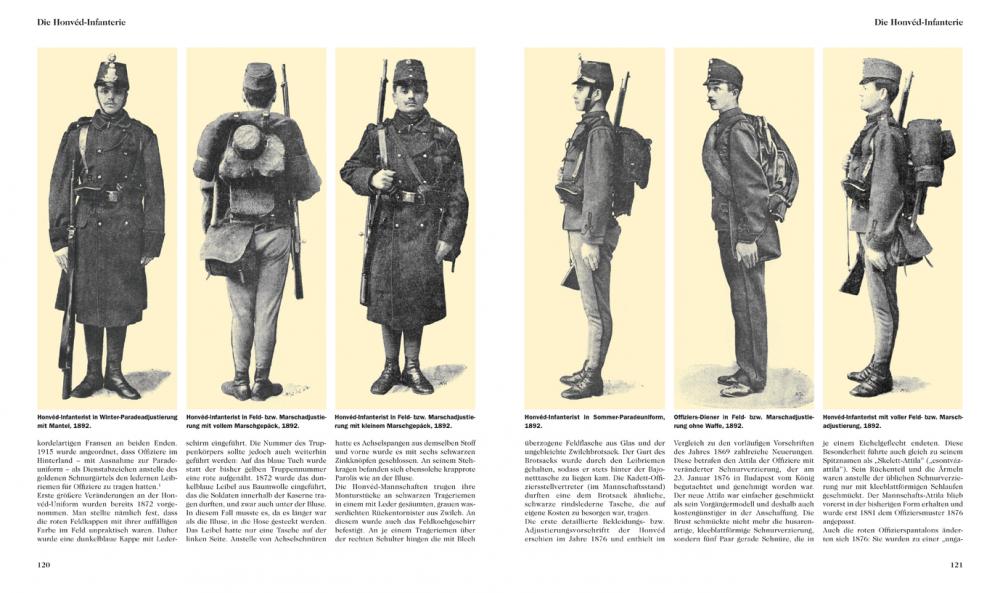
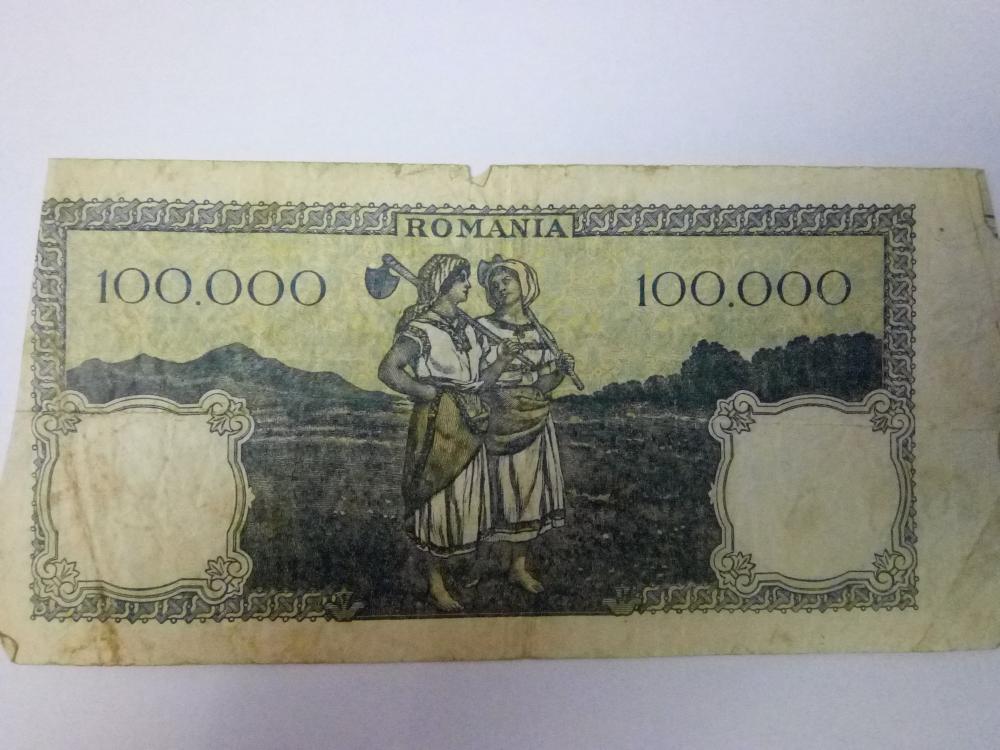

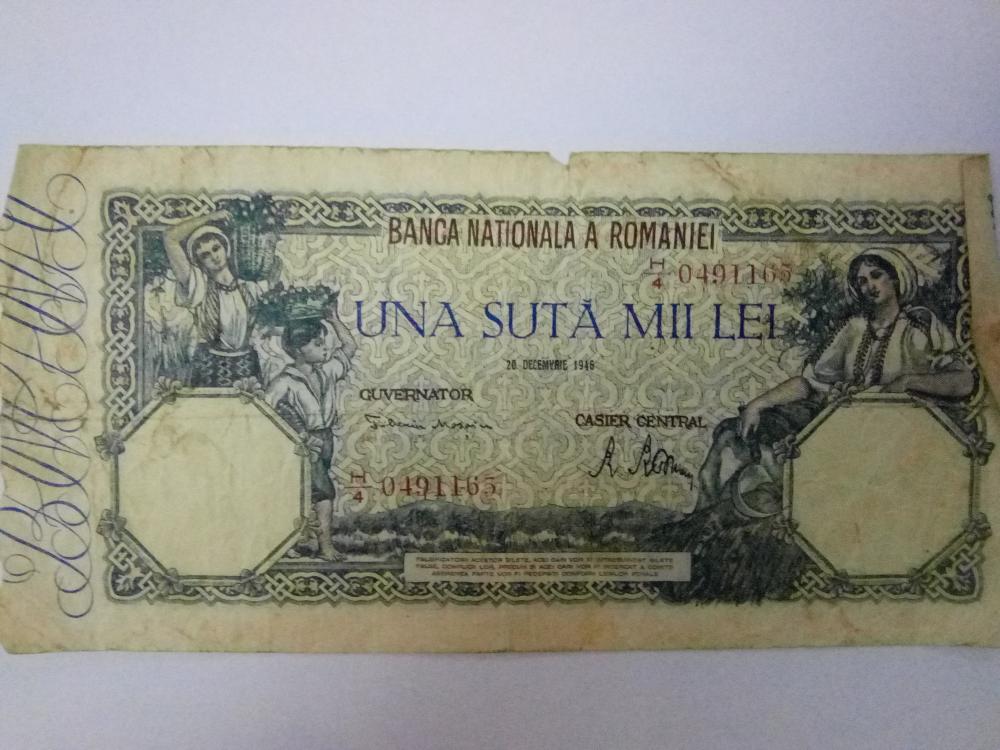
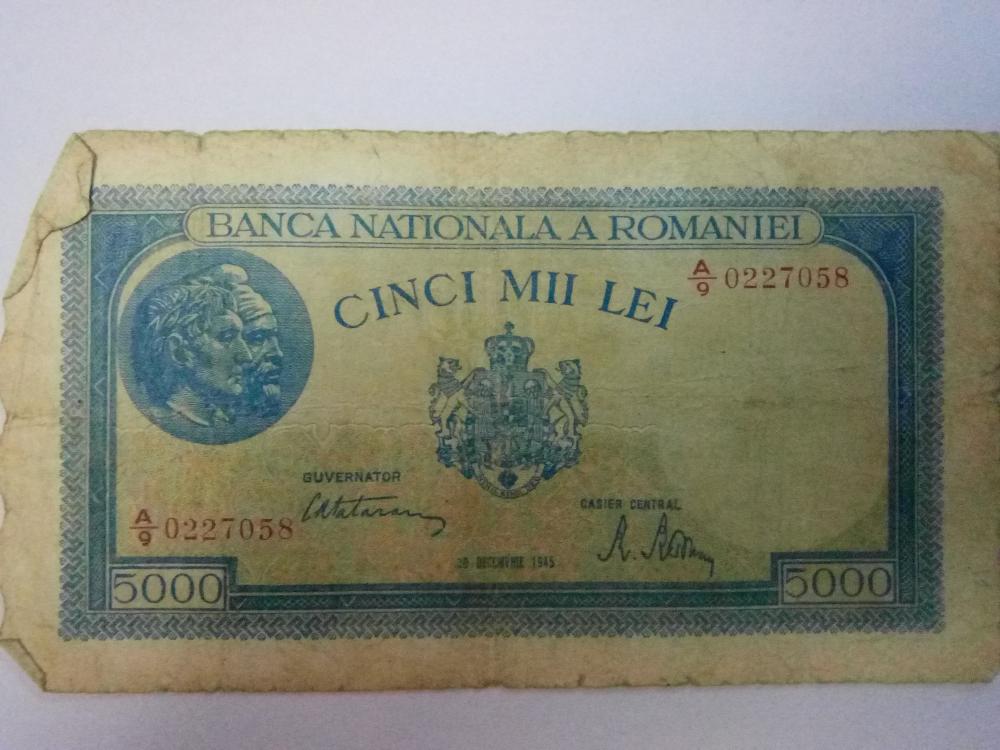
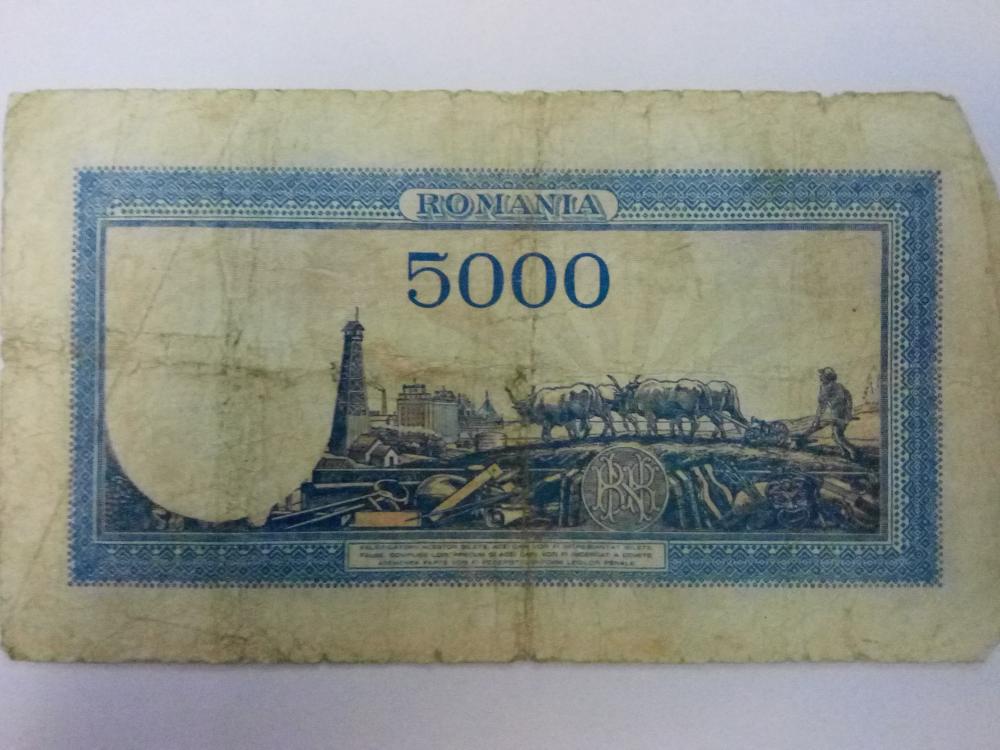
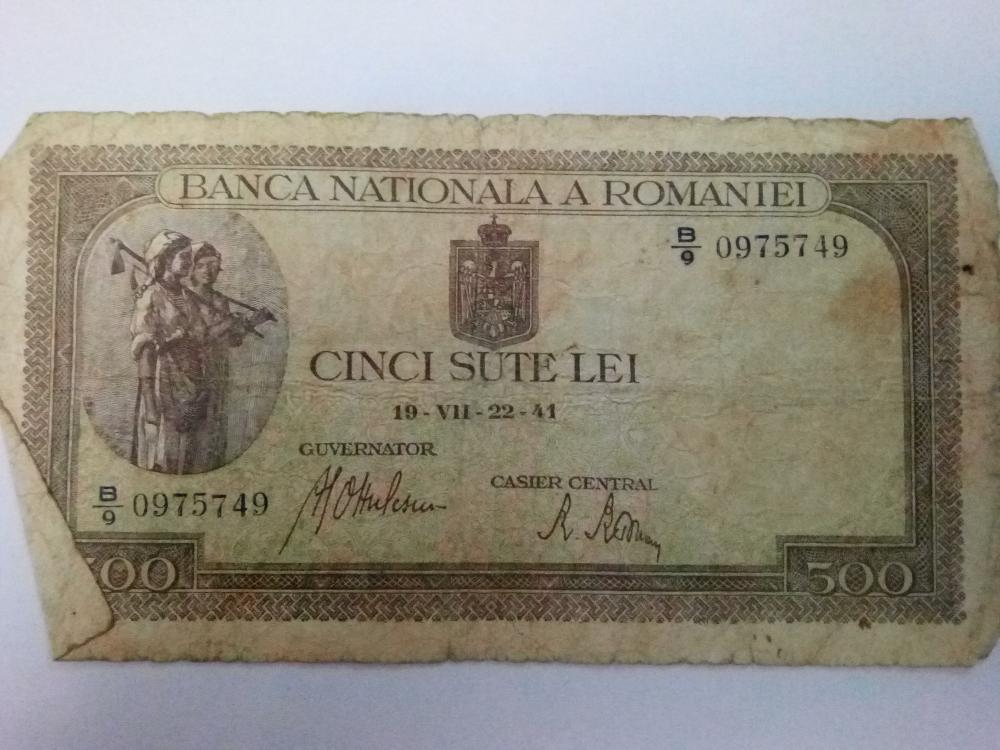


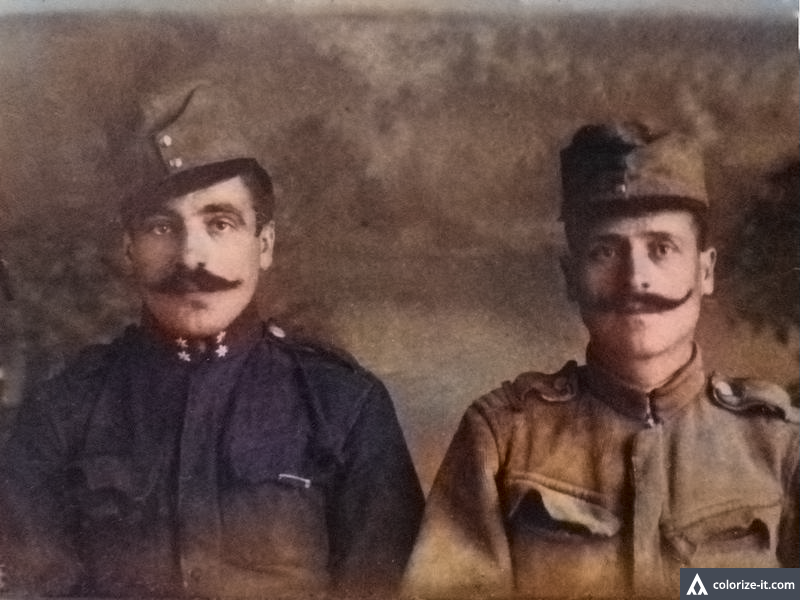
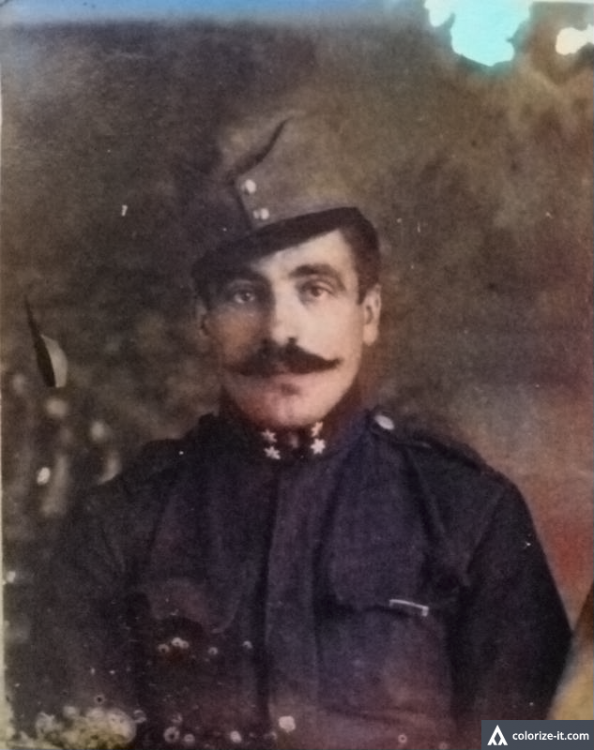

Trying to recreate an uniform
in Austro-Hungarian Empire
Posted
Can they help me as an inspiration source?